Introduction
Do you know what a shower drain is? It’s a plumbing fixture between a shower enclosure and a drainage pipe if you don’t. Its purpose is to capture and funnel water into the sewage wastewater system. A shower drain differs from a tub drain in that it doesn’t usually have a levered fixture blocking the drain to fill the tub with water.
It’s important to know that every shower drain includes a grid, strainer, vent, and trap. The grid has holes or slots that allow water to flow through them. The strainer is located below the grid, and its purpose is to prevent large objects from clogging the drain or waste pipe from entering. The trap, a U-shaped conduit, collects water to stop sewage gas leaks from entering the bathroom through the drain. A pipe that delivers air pressure to the system is the vent.
It is essential to choose the right shower drain for the existing type of shower and drainage pipes, and it’s also key that the drain system is installed correctly. This is because transporting water from one fixture to another without leaking or enabling waste system gases to back up into the home is difficult for shower drains and all fixture-to-waste connections.
How does the shower drain work?
Possibly, all you see in your shower drain is an opening where water escapes. Despite this, many parts of your shower system work to ensure water travels properly to your sewer drain through the pipes.
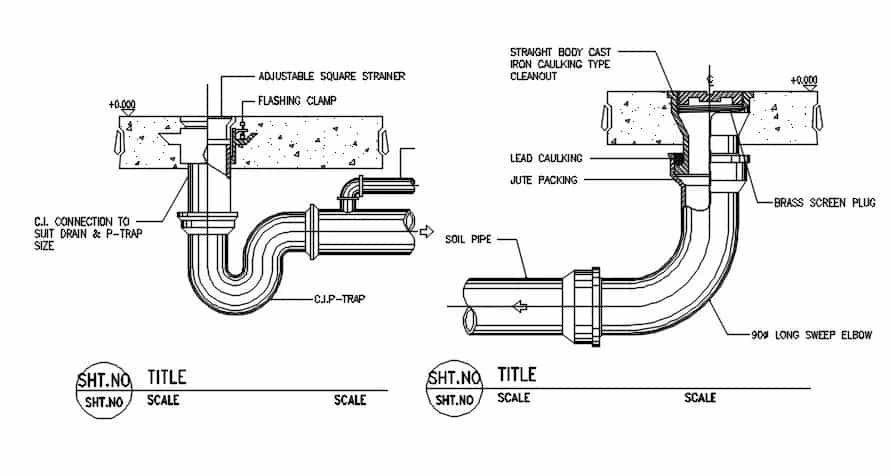
Shower drains are designed deliberately so that gases from the sewer cannot come back into the bathroom, which would cause bad intentions, but it also ensures water doesn’t build up and flood while you’re showering.
PARTS OF A SHOWER DRAIN
The Drain Trap, Vent, Drain Seal, and Shower Base are your shower area’s five components and drainage system components. They all collaborate to guarantee that water flows smoothly to the constricted sewer drain.
DRAIN TRAP
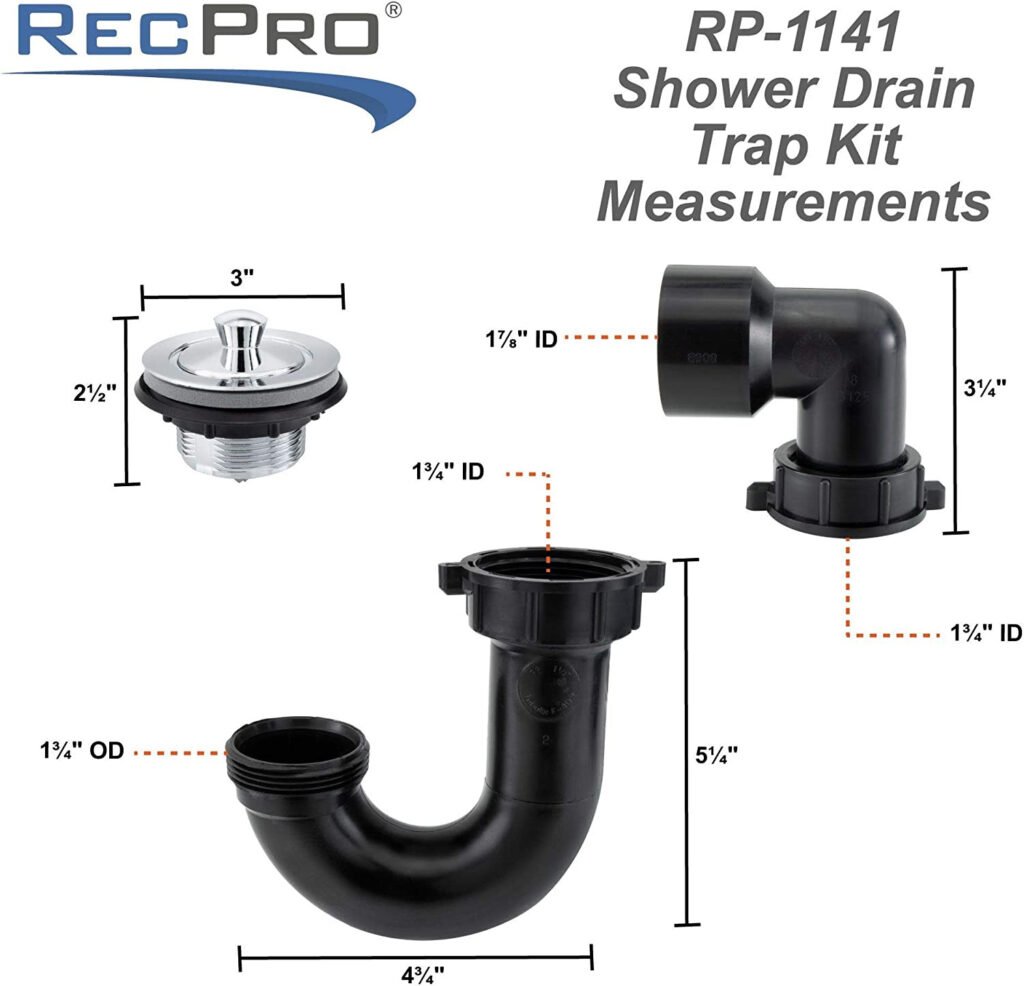
Each drain has a trap that connects it to the drain line and the waste stack. The water in the trap keeps gas from the sewers out of your home. Shower traps can be S-shaped, unlike the P-shaped sink traps that often reside beneath kitchen cabinets.
A compartment in the trap’s bottom can hold some water. This stops sewage gas leaks that may otherwise fill your bathroom with an unpleasant odor. This is often twisted into the shape of a s or a p and “traps” some water to prevent gas from entering your home.
VENT
The main waste vent helps remove sewerage from your home by regulating the air pressure inside the shower drain pipes. The venting is important as it allows the air to flow freely into the drain at a constant pressure.
The main waste vent starts from the waste point and extends to the outside of the building. The venting is important as it allows the air to flow freely into the drain at a constant pressure.
When you take a shower, water descends from the drain hole and generates a suction as it does so. The venting is essential as it allows the air to flow freely into the drain at a constant pressure.
DRAINAGE SEAL AND SHOWER BASE

A shower drain typically has a cover that can be removed to access the filter beneath it. The shower base should be constructed on a slope to guarantee that the water flow enters the drain open. Maintaining a seal on the filter is crucial to eliminating leaking water under the base. This is important because leaked water can damage the floor and become a dangerous hazard due to soap and shampoo.
Removing the chance of sliding on a damp floor from a safety perspective is crucial.
Five easy ways to unclog your shower drain
It’s a good idea to check your drains every year or two, particularly if you notice a buildup of standing water during showers or a bathtub that takes a long time to empty.
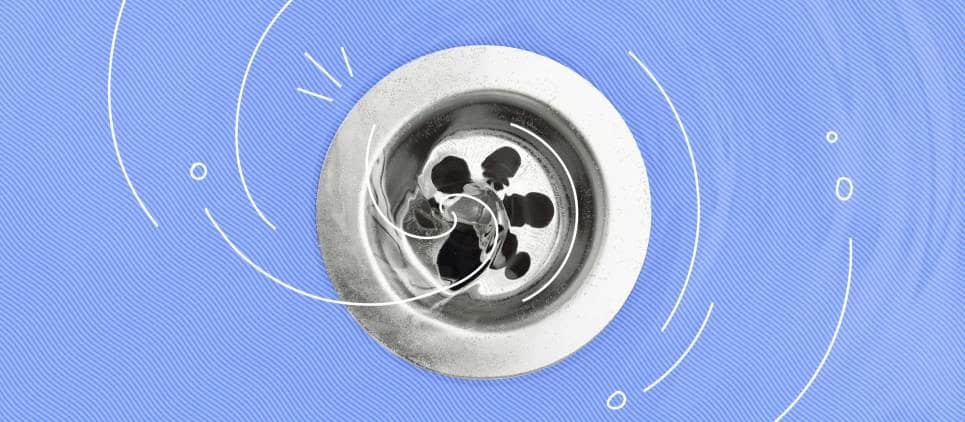
What causes blockages in the first place?
A clog usually causes a slow drain. In the case of a toilet or a kitchen sink, a significant obstruction may be the problem—but shower drains mostly slow down when hair, lint, and residue from bath products build up over time.
What to do if a blocked shower drain is suspected
Check visible obstruction
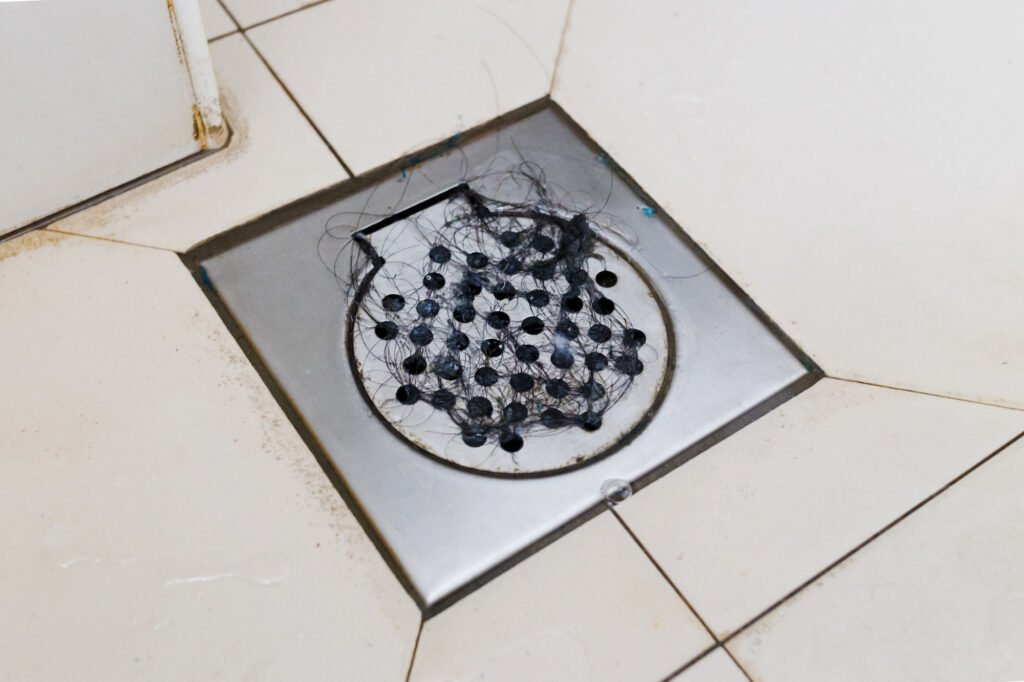
If you notice your shower drain is clogged, the first thing you should do is check for a visible obstruction. The main offender is typically clumps of hair. If nothing is blocking the drain from the outside, you may need to remove the drain cap and look inside with a flashlight. Once you have located the obstruction, you can remove it by hand or plunger.
A plumber’s snake
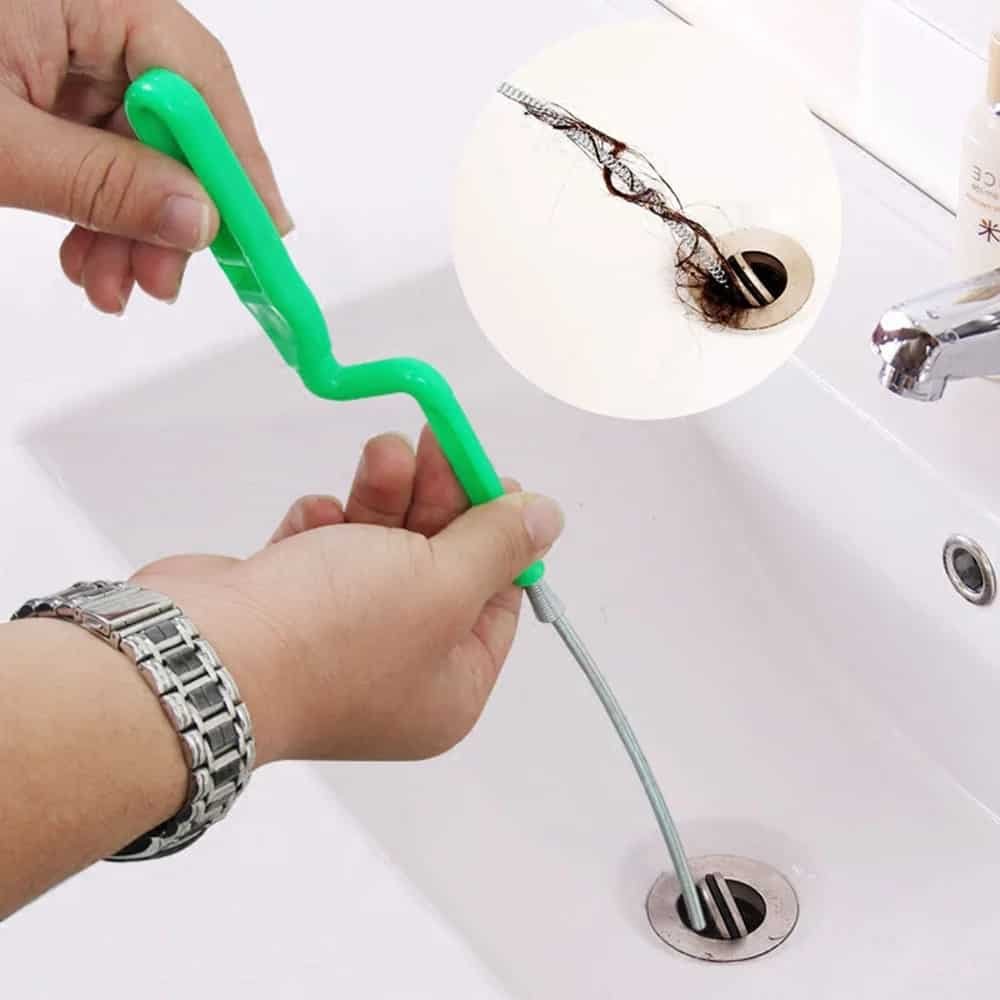
You might need to use a plumber’s snake or similar instrument to access the blockage if it is deeper down the drain. Sometimes, you may need to call a professional to clear a stubborn clog.
Keep the drain open.
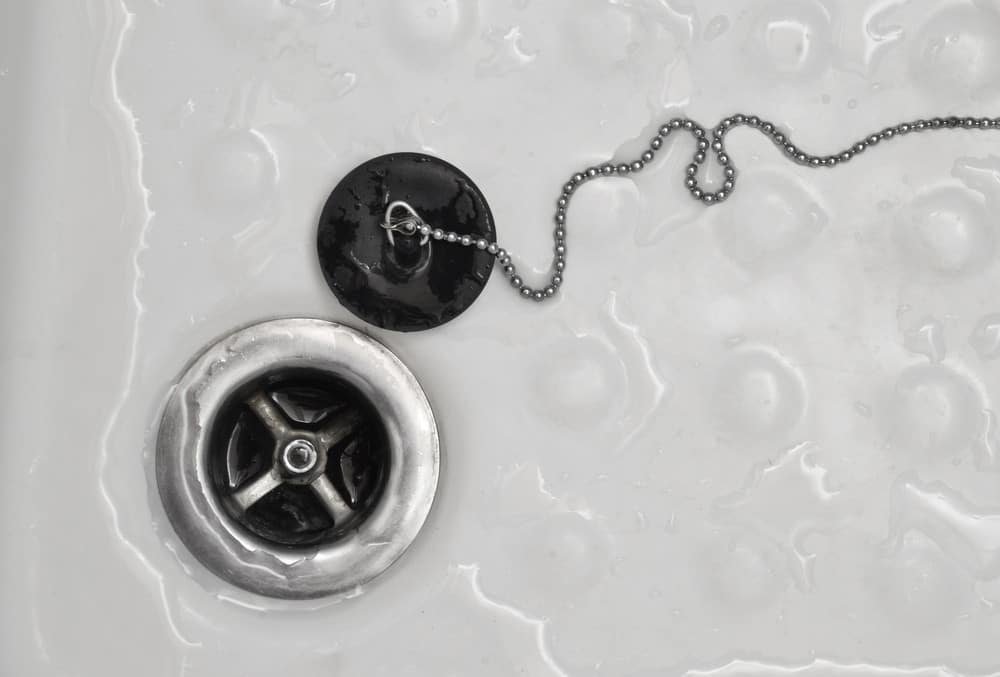
Before proceeding, check that your drain is open. Can water flow through unimpeded by a stopper? Depending on your stopper and drain, the answer to this question will differ. Some drains feature a screw-on or liftable stopper, while others have a switch beneath the faucet to open and close the drain. If your drain has any mechanism for stopping the flow of water, ensure that it isn’t engaged and blocking off drainage inadvertently.
If nothing is blocking the drain and it’s open, but water still isn’t going down, it’s time to unclog it.
5 Ways To Unclog Your Shower Drain
There are a few different ways you can unclog your shower drain. Try one of these methods to remove or dissolve the clog.
- Remove the clog by hand.
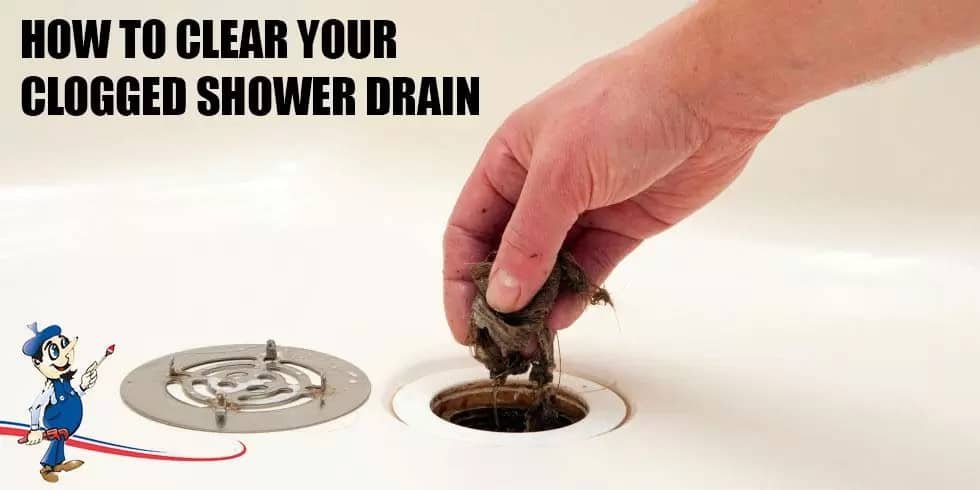
The first thing you may attempt if you see that your drain is beginning to clog is to remove the obstruction by hand. This is especially effective if the clog is near the surface. To do this, put on rubber gloves and try to extract the clog. You might need to use a plunger or a plumber’s snake if it’s obstinate. However, if it’s not too bad, you should be able to remove it without too much trouble. Not all clogs will be easy to remove by hand, but it’s worth trying before moving on to other methods.
- Use a drain snake.
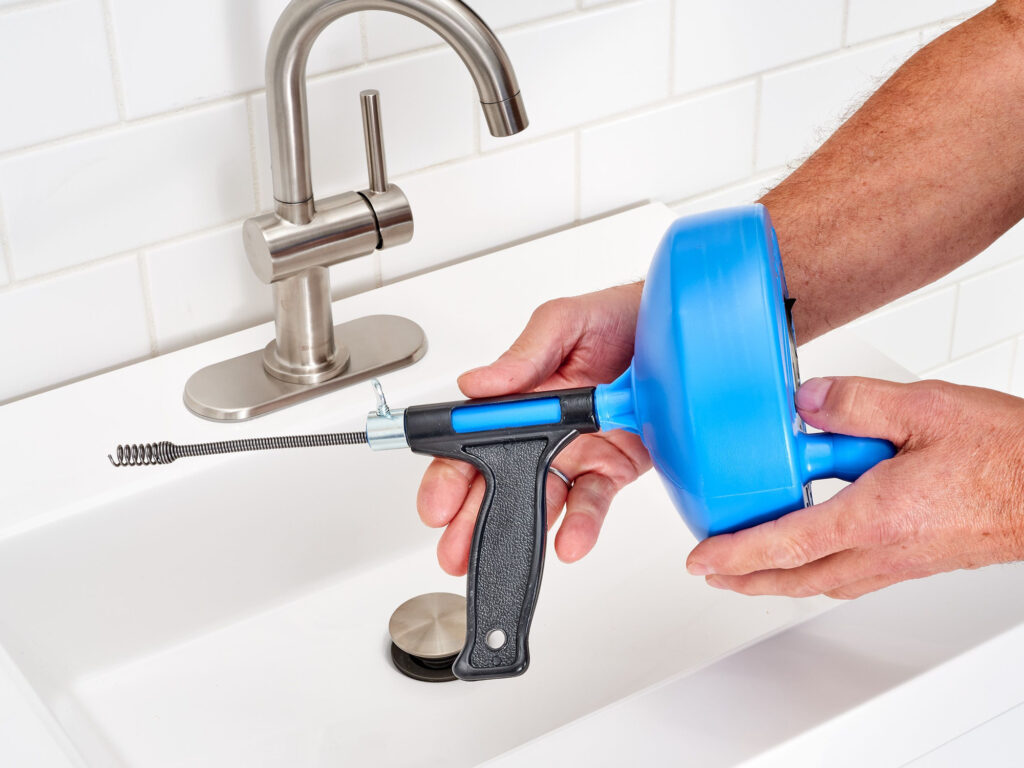
A drain snake should always be kept on hand as a backup. A drain snake is a retractable, flexible drilling tool you can pick up at most hardware stores. Send the metal wire down your drain and try to break up or remove the clog. You may need to try another strategy if this one doesn’t work.
- Use boiling water
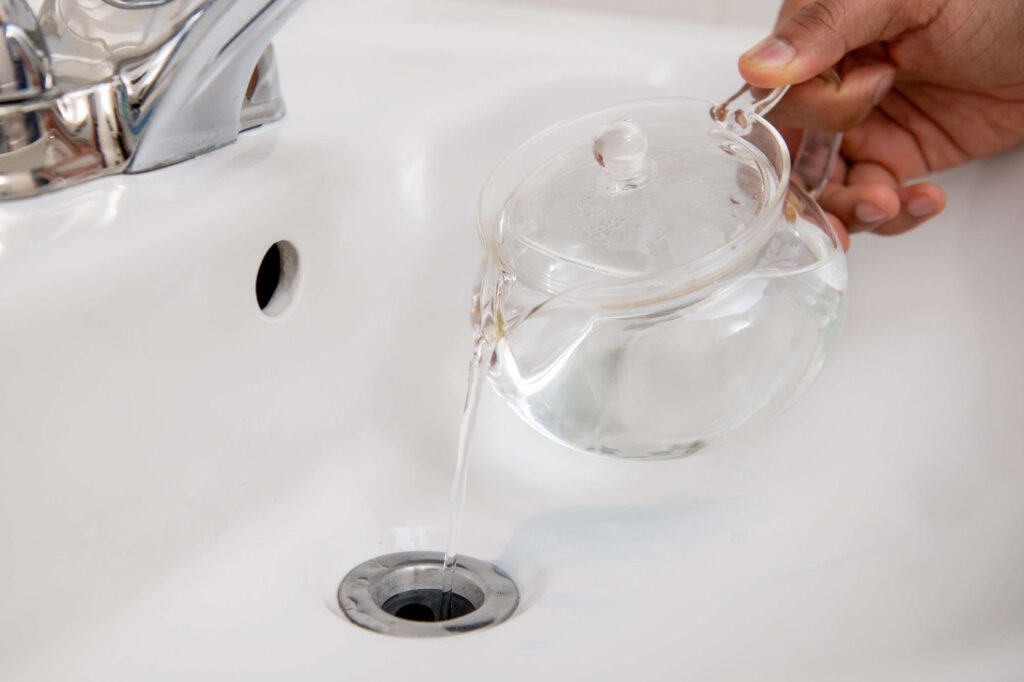
If your drain is blocked and you can’t clear it, no matter what you do, it might be time to try boiling water. Boiling water can help dissolve softer buildup like soap scum around the edges of your drain. To ensure that the buildup is completely removed, repeat the process while not burning yourself with the hot water.
- Use a natural drain cleaner.
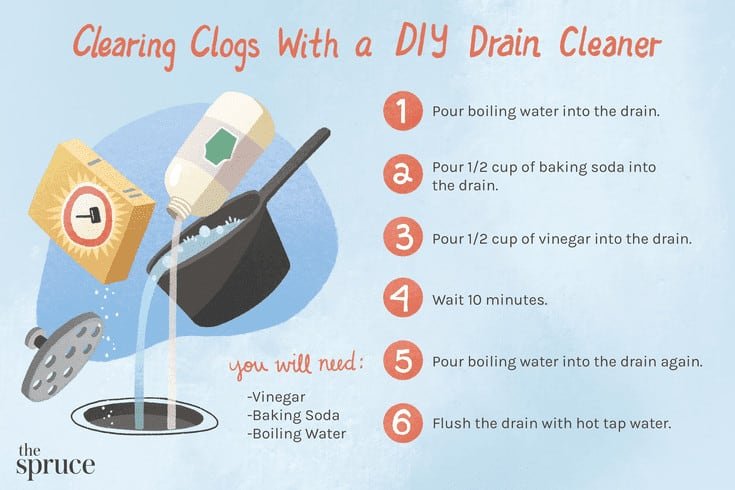
Several drain cleaners are available, but many have hazardous chemicals in them. A more natural solution may be made using one cup each of vinegar and baking soda. To remove the blockage, pour boiling water down the drain, then follow with the baking soda-vinegar mixture and wait 15 minutes. Rinse with more boiling water. This method is usually as effective as chemical cleaners, but it’s much safer for you and your family.
- Call a plumber
Calling a specialist could be necessary if none of the above techniques appear effective. A plumber can quickly and efficiently clear your drain so you can return to using your shower.
4 Tips for Preventing Clogs
- Use a drain cover
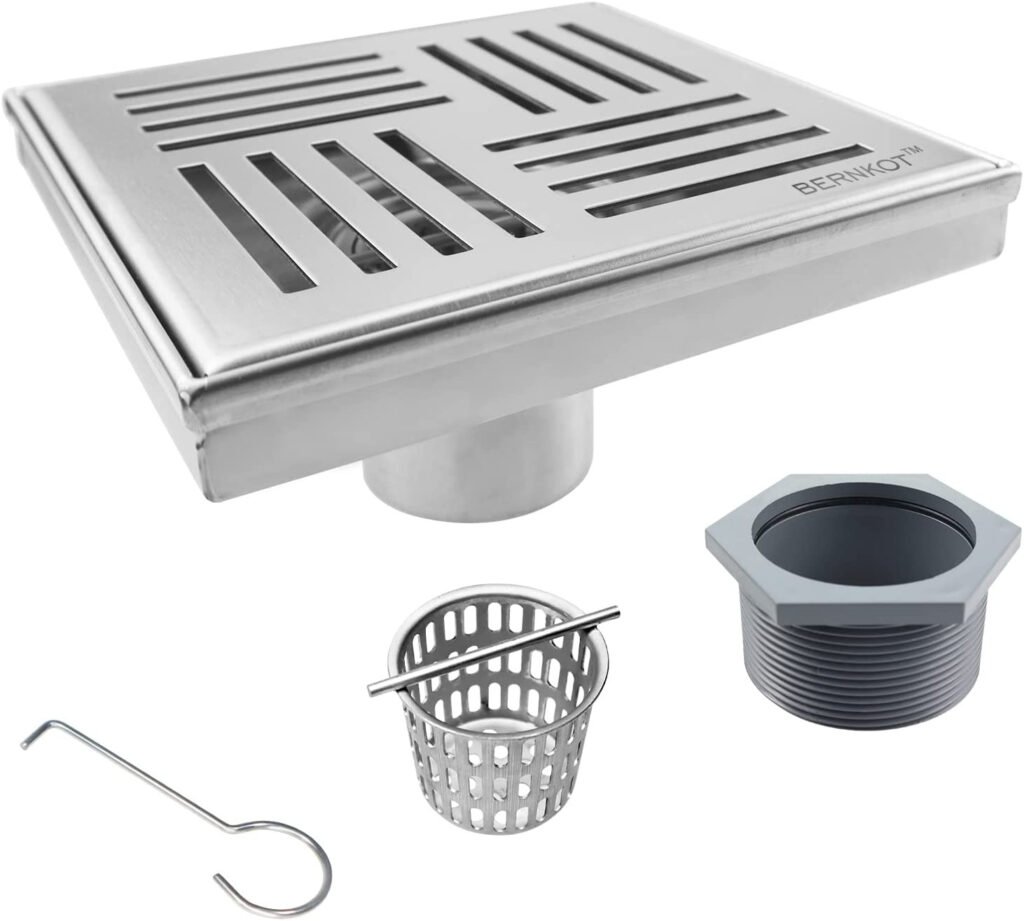
Clogged shower drains are a common problem in many households. The cause of the clog is almost always snags of hair. A drain cover is an inexpensive way to capture stray strands and prevent them from causing a clog. Many different drain covers are available, but a basic rubber or plastic model will suffice.
Place the cover over the drain after every shower to catch any hairs that might otherwise end up in the drain. In addition to using a drain cover, cleaning the drain regularly to remove any buildup of hair and other debris is also important. You can keep your shower drain clear and free-flowing for years with a little care.
Skip the body scrubs.
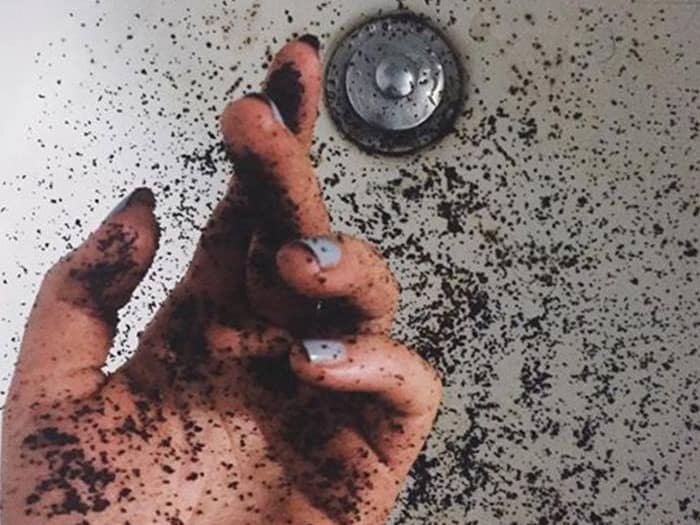
Your skin may benefit significantly from a thorough scrub, which removes dead skin cells and revitalizes you. However, some scrubs are best avoided. Body oils may make your skin feel amazing but wind up in the drain as you rinse off. This can lead to hardening overnight as the pipes cool between uses. So, if you want to keep your plumbing in good shape, it’s best to avoid oily bath products or save them for post-shower. You’ll still get all the benefits of a good scrub without damaging your pipes.
No excess waste.
Firstly, don’t let there be any excess waste around your home. Everything might seem alluring to shake a rug or pour a trash can into the shower and wash it away, but doing so can lead to bigger particles of dirt and debris accumulating and worsening blockages in the future. Sweep up any dirt, dust, or debris regularly and dispose of it in the bin. Secondly, try to use less water overall. This will reduce the strain on your drainage system and should help prevent clogs from forming in the first place. Finally, take action immediately if you notice a clog starting to form. Don’t wait for it to get worse – use a plunger or other tools to clear the blockage before it has a chance to build up. By following these simple tips, you can help to keep your drains clear and clog-free.
Good drain maintenance.
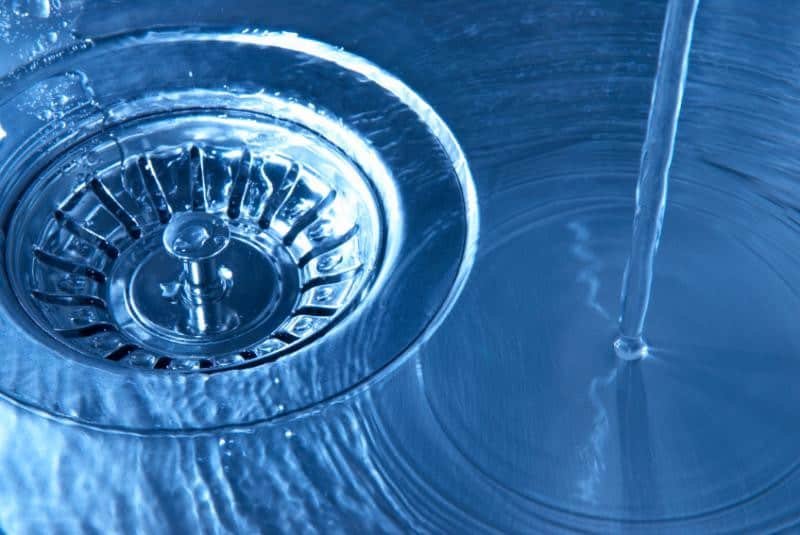
You may take a few easy steps to keep your drains clear and operating effectively. First, pour a little distilled white vinegar or baking soda down the drain after every few showers. Any soap scum or other accumulation causing the drain to slow down will be broken up by doing this. After that, give the area a hot water blast. This will help to flush away any remaining debris and keep your drains flowing freely. By making drain cleaning part of your regular cleaning routine, you can help prevent clogs from happening in the first place.

